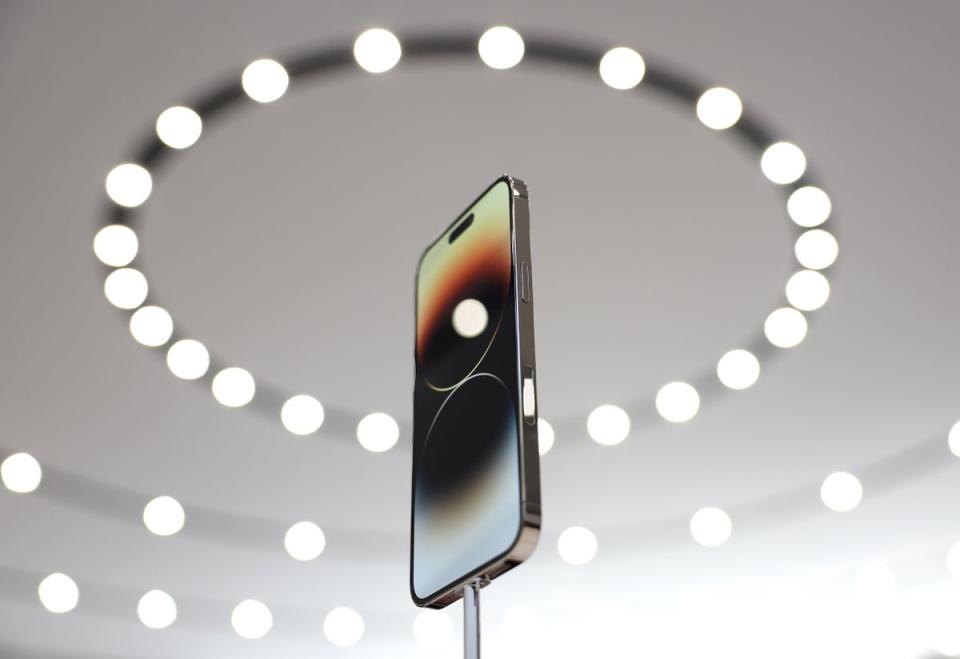iPhone 15 to ‘lose physical side buttons as Apple moves towards portless phones’

Apple is preparing to swap the real buttons on the side of the iPhone 15 for solid state areas that just feel like buttons, according to a major new report.
The buttons would work similar to the home button on the iPhone 7 and 8. On those phones, the button could be mistaken for a real one – but was actually just a touch pad that used precise vibrations to feel as if it was being pressed down.
That same technology could be used to remove the mechanical volume and power buttons from upcoming phones, according to a new report from reliable Apple analyst Ming-chi Kuo. The technology could be limited to the higher-end devices, presumably the iPhone 15 and 15 Pro.
Adding it into the phones would require adding two more Taptic engines to the device. That would bring the total to three, because of the one currently used for the precise vibrations that happen when navigating around the phone.
The report gave no indication of what advantages the new technology could allow for the phones that use it. But adding the virtual buttons could presumably allow the device to be slimmed down, as well as protecting the buttons from breaking and adding durability.
Apple has added a number of features in recent iPhones aimed at making them more resilient, such as improved waterproofing and glass that is less likely to break.
The same technology could also be applied in the Apple Watch, which still use physical buttons despite being advertised as being used in extreme conditions.
The iPhone 15 is also expected to be the first that will switch to USB-C rather than Lightning connectors, in line with new rules from the European Union. That change might offset any extra cost and advantage to suppliers that would come from the extra Taptic engines in the new phones, the report claimed.

 Yahoo Finance
Yahoo Finance 